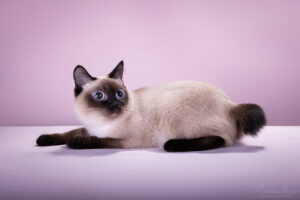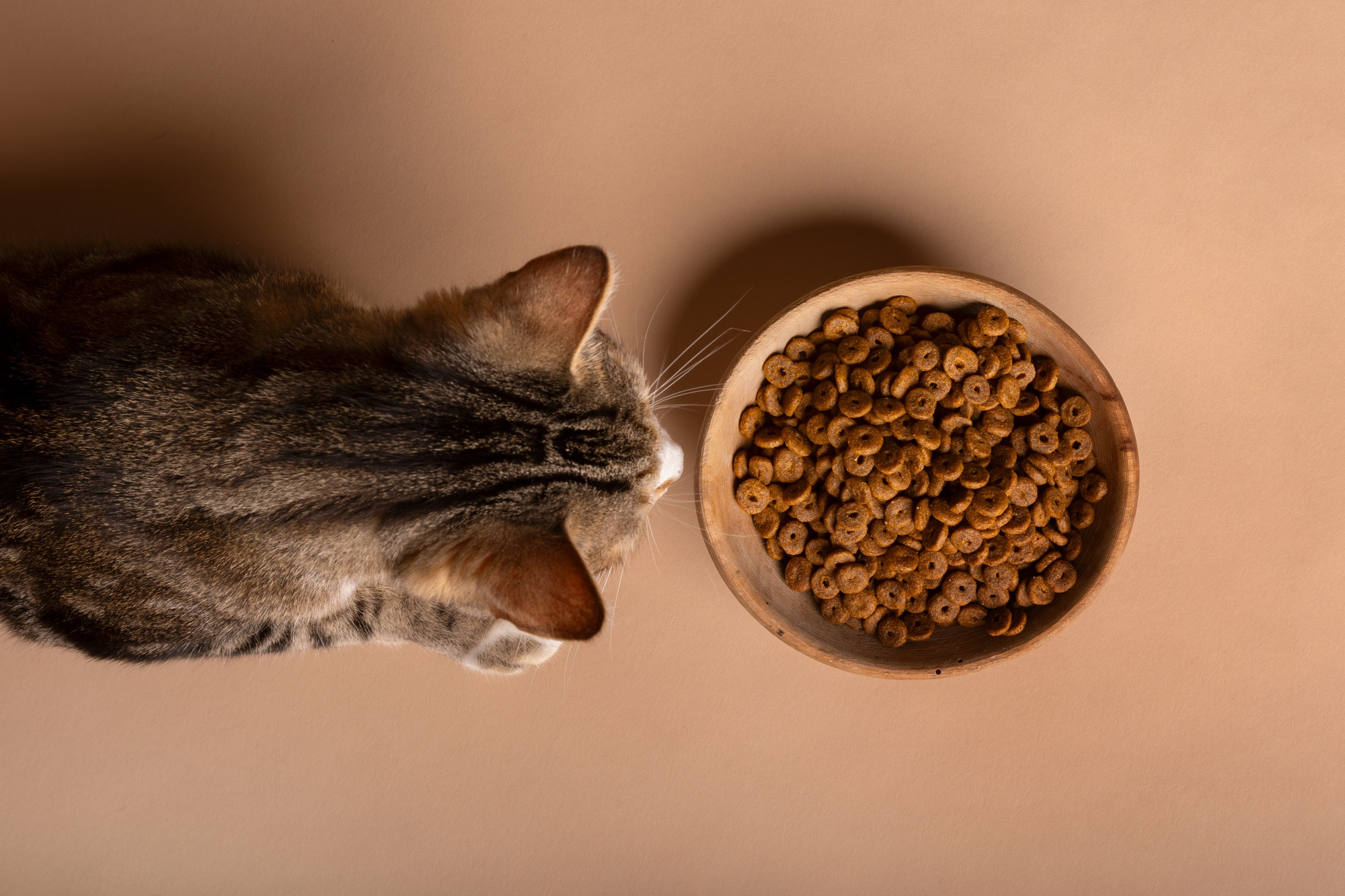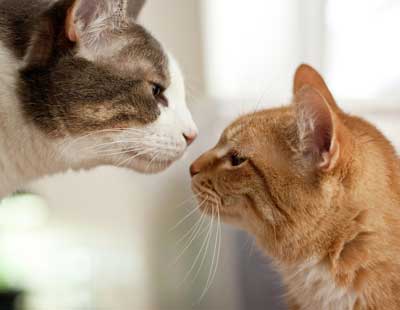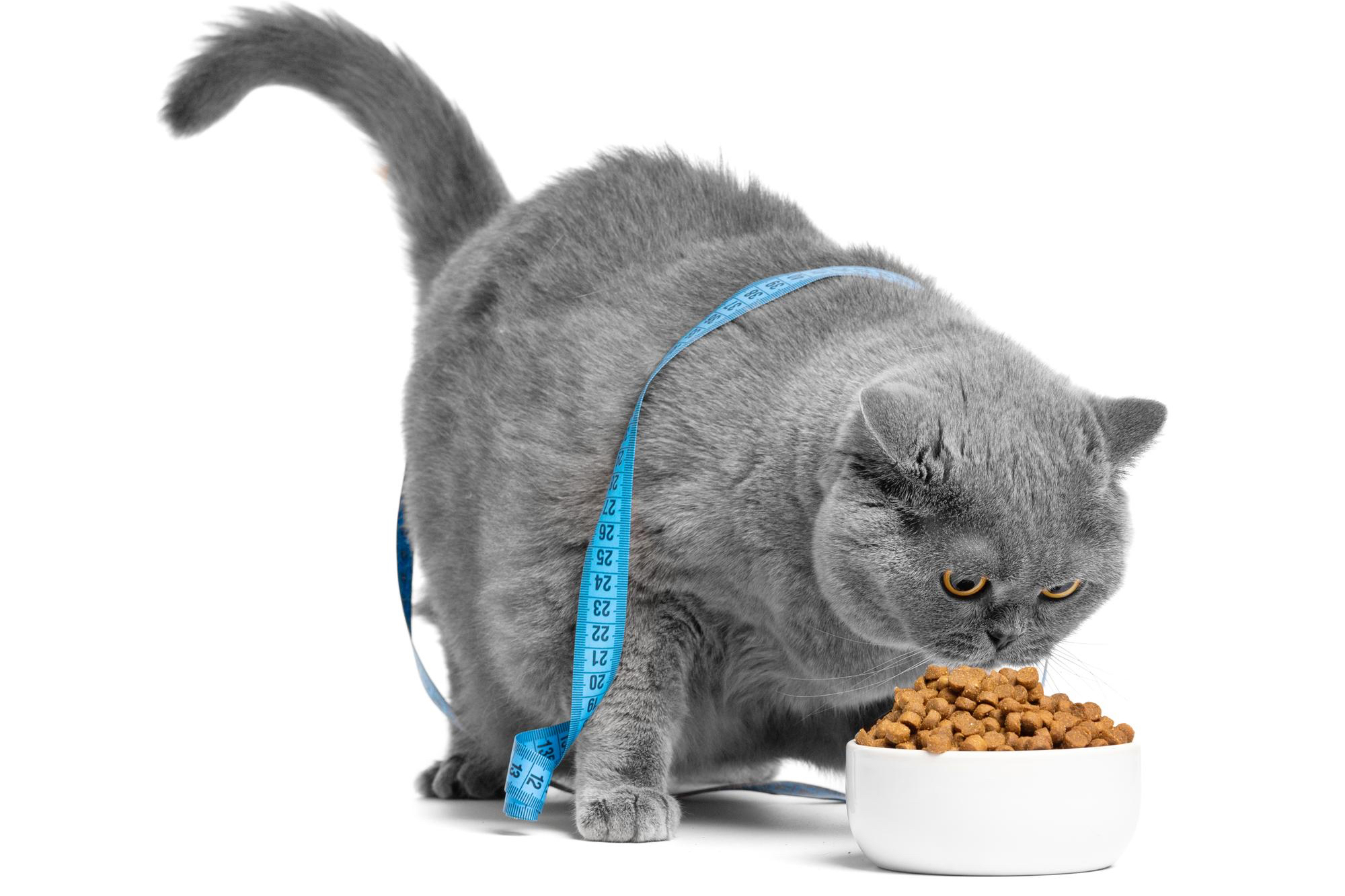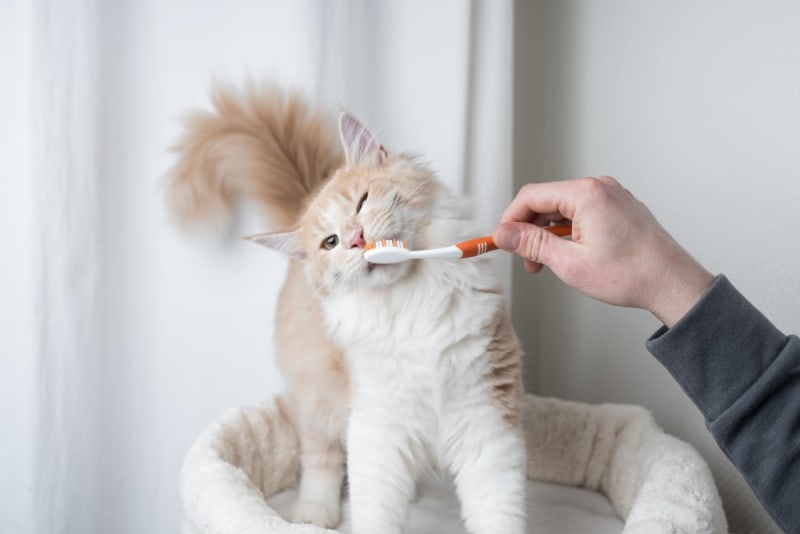Written by Ana Vlahovic
Cats aren’t just meat lovers—they’re obligate carnivores, meaning their bodies are biologically designed to depend on nutrients found only in animal tissue. Unlike omnivores or herbivores, cats lack the ability to synthesize critical nutrients on their own, including taurine, vitamin A, arachidonic acid, and certain B vitamins. These compounds are essential for proper heart function, vision, skin health, reproduction, and more.
Without these key nutrients—particularly in early life stages—cats may face irreversible damage such as vision loss, heart disease, weakened immune systems, or developmental delays. Feeding them a diet rich in high-quality animal protein is not optional—it’s vital.
Commercial Food: Dry vs. Wet—Which Is Better for Your Cat?
Dry Cat Food (Kibble)
Dry food is the go-to for many cat owners due to its affordability, ease of storage, and long shelf life. It doesn’t spoil quickly, making it ideal for busy households or free-feeding setups. However, it comes with significant nutritional trade-offs:
- Low moisture content (typically 6–10%): This can lead to chronic dehydration, especially since cats have a naturally low thirst drive. Over time, this increases the risk of urinary tract diseases, kidney issues, and bladder stones.
- High carbohydrate content: Kibble often contains grains or starches (e.g., corn, soy, rice, potatoes) to bind the ingredients into crunchy shapes. This raises the glycemic load, contributing to obesity, diabetes, and inflammatory conditions.
- Lower palatability: Picky eaters may reject dry food.
Did you know? Cats evolved from desert-dwelling felines that got most of their hydration from prey—so they’re not inclined to drink enough water to compensate for the dryness of a kibble-based diet.
Wet Cat Food (Canned or Pouched)
Wet food contains 70–80% moisture, closely mimicking the water content of a cat’s natural prey. It supports hydration, digestive health, and is generally more appetizing to cats.
Pros:
- Supports urinary and kidney health
- Easier to chew—great for seniors or cats with dental issues
- Often lower in carbohydrates than kibble
- Strong aroma and appealing texture for picky eaters
Cons:
- More expensive per calorie
- Requires refrigeration after opening
- Less convenient for free-feeding (can’t be left out all day)
- Can be messier and lead to more food waste
A high-quality wet food can be one of the best options for long-term health—especially for cats prone to urinary problems or obesity.

Back to Nature: The Pros and Pitfalls of Raw Feeding
Homemade Raw Food
Preparing raw meals at home gives you complete control over ingredients and quality. However, feeding raw isn’t as simple as offering uncooked meat. A truly balanced raw diet must include:
- Muscle meat (for protein)
- Organs like liver and heart (for vitamins and taurine)
- Ground bone (for calcium and phosphorus)
- Supplements (for trace minerals, omega-3s, and more)
Most DIY raw diets are nutritionally incomplete unless based on a veterinary-formulated recipe. Even small imbalances can have major consequences over time. Plus, food safety is a concern—improper handling can expose both you and your cat to bacteria like Salmonella or Listeria.
Is Freeze-Dried Raw Right for Your Cat?
Freeze-dried raw cat food offers the benefits of raw feeding in a shelf-stable, convenient format. It starts with raw meat, organs, and sometimes vegetables and supplements, which are then freeze-dried—a process that removes moisture without cooking. This preserves the natural nutrients, enzymes, and flavors of raw food while making it easier to store and serve.
Key Benefits:
- Nutrient-dense: Retains important amino acids, vitamins, and minerals. Typically contains over 90% animal-based ingredients like muscle meat, liver, and bone.
- High in protein, low in carbs: Perfect for a cat’s carnivorous needs, supporting lean muscles and healthy energy levels.
- Convenient: No freezer needed. Easy to scoop and serve at home or on the go.
Things to Consider:
- Price: More expensive than kibble or canned food, especially for multi-cat households.
- Calorie density: It’s concentrated, so smaller portions are needed. Always follow the feeding guidelines.
- Proper handling: Although freeze-drying reduces the risk of pathogens, food hygiene is still important—wash hands and dishes after serving.

Conclusion
Cats are not small omnivorous humans—they are highly specialized meat-eaters with unique nutritional needs. Whether you choose dry, wet, raw, or a combination, the priority should always be a diet that is:
- High in quality animal protein
- Low in carbohydrates
- Rich in moisture
Choose the food that supports your cat’s health, hydration, and long-term well-being—and one you can feed consistently and safely. Feeding your cat isn’t just a routine—it’s a daily commitment to their health and happiness.














































































